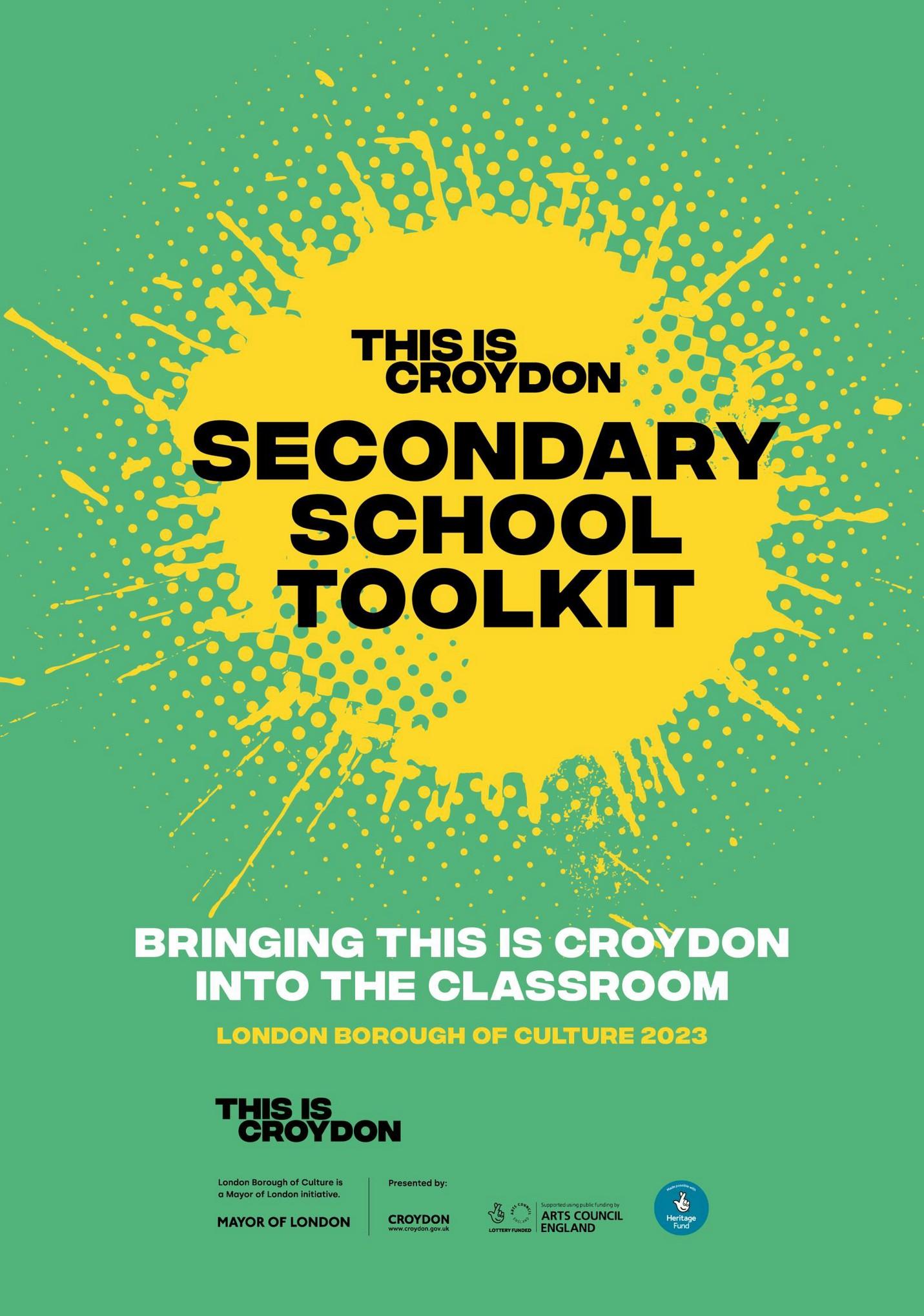Secondary Lesson One: Music
Create your own “This is Croydon” song

LESSON ONE: MUSIC

WARM UP: CALL AND RESPOND
• Reminder: what is a rhythm?
• I will clap out a rhythm – can you repeat it back?
Let’s see how long we can build our rhythm! • Can anyone in the class start a rhythm for us to repeat back?
•
Let’s make it tricky – can we change and repeat the pitch, duration, dynamics, tempo, timbre or texture of the rhythm?
•
THE WEATHER SONG – A JAMAICAN

NURSERY SONG
https://youtu.be/CDtqX-wyoNg

KAKA CROW – A SOUTH ASIAN SONG
https://youtu.be/P568r4ly38E
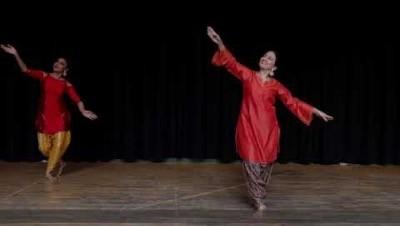
BE INSPIRED!
MUSIC OF CROYDON
CLOSE YOUR EYES AND LISTEN AGAIN
• What instruments can you hear?
• What rhythms can you hear?
• What story might the song be telling?
• What musical techniques were used

• How did the music make you feel?
• The songs are written for children – how can we tell?
REVIEW: imagine you are a reporter working for a local paper and are reviewing the song or songs you saw. Look at local papers or websites for inspiration.
LESSON ONE: MUSIC
CREATE: YOUR OWN ”THIS IS CROYDON” SONG
• What does ‘This is Croydon’ mean to you?
o School community, your local area, your culture, friends, or family?
• Alone or in pairs, create mind maps of your ideas to group them.
• Use your notes to write the lines of a song about what Croydon means to you.
o Will it rhyme?
o Will it have a repeated chorus?
• You could use a familiar tune for the song, or create a repeating rhythm by clapping or beating on the table.

LESSON ONE: MUSIC
Secondary Lesson Two: Art
Design a mural for your local community

WARM UP: CLASS DISCUSSION

• What is a mural?
• Why do we have them?
• Have you seen the new mural in Croydon?
• Why do you think it was made this year?
• Do you know who made the mural?
The artist was ATMA. He uses bold colours, sharp lines, and natural patterns. He often positions his work in unusual or urban spaces, like motorways or in housing estates.
Let’s watch the mural being made…
LESSON TWO: ART
Time Lapse video (3.20)
https://vimeo.com/836100384
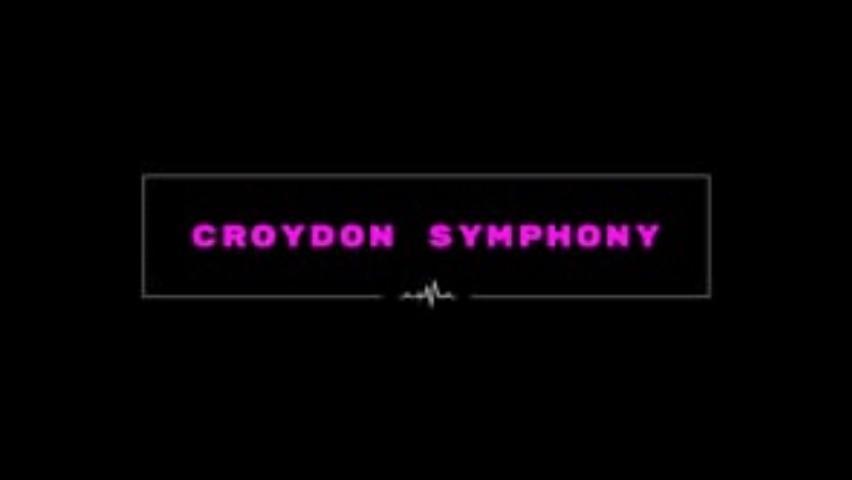

BE INSPIRED! CROYDON SYMPHONY MURAL
BE INSPIRED! CROYDON SYMPHONY MURAL

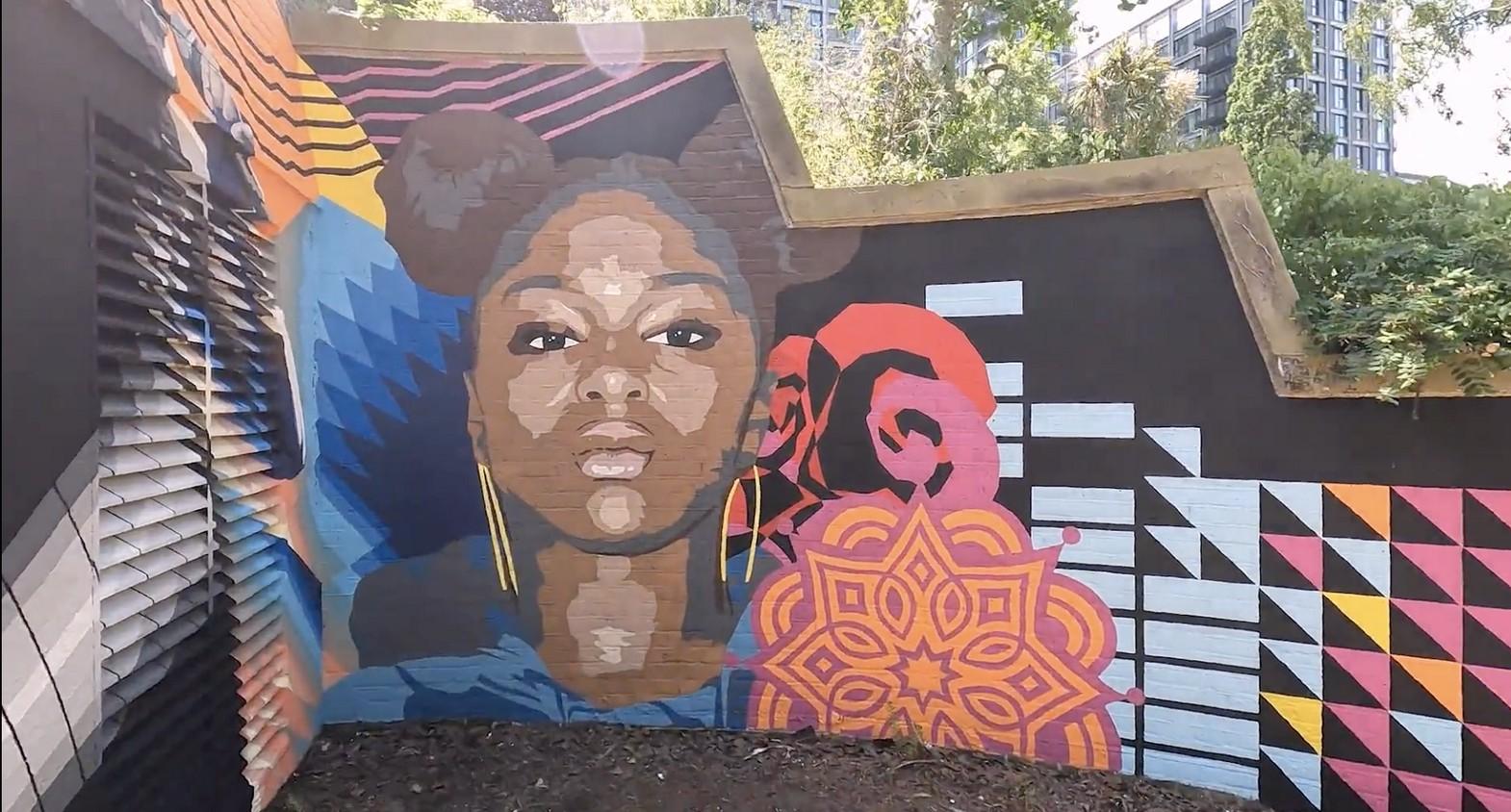

Can you identify the people and items in the mural? (Answers on the next slide!)

BE INSPIRED: CROYDON SYMPHONY MURAL
MUSIC LEGENDS (L-R)
1. Samuel Coleridge-Taylor- Classical

MUSICAL ITEMS AND PATTERNS (L-R)
1. Piano keys
2. Avril Coleridge-Taylor- Classical
3. Ralph McTell- Folk/Blues
4. Kirsty MacColl- Indie
5. Desmond Dekker- Reggae
6. Captain Sensible- Punk
7. Shri Sriram- Classical Indian
2. Music staff
3. Indian tablabass
4. Big Apple record and label
5. Croydon Mela logo 2019
6. Mixing Deck
7. This is Croydon
8. Stormzy- Grime/Rap
9. Nadia Rose- Grime/Rap
WHAT WOULD BE IN YOUR MURAL ABOUT CROYDON LIFE…?
Pick:

• Three important people.
• Three important events, places or items.
• Five colours or shapes.
LESSON TWO: ART
LESSON TWO: ART
LET’S MAKE OUR OWN MURAL!
TEACHER NOTE: ADD INSTRUCTIONS HERE FOR YOUR MURAL MAKING.
THERE ARE OPTIONS IN THE SUPPORTING PDF PACK FOR DIFFERENT CRAFTS TO USE. THE CLASS CAN WORK INDIVIDUALLY, IN PAIRS OR IN TEAMS. DISPLAY THE MURAL OR MURALS WHEN YOU ARE FINISHED.

Secondary Lesson Three: English
Write a poem about what Croydon means to you

WARM UP: CLASS DISCUSSION & OPTIONAL VIDEO
• How do you know when you hear a poem?
• Do they always rhyme?
• Have you heard of ‘spoken word’ poetry?
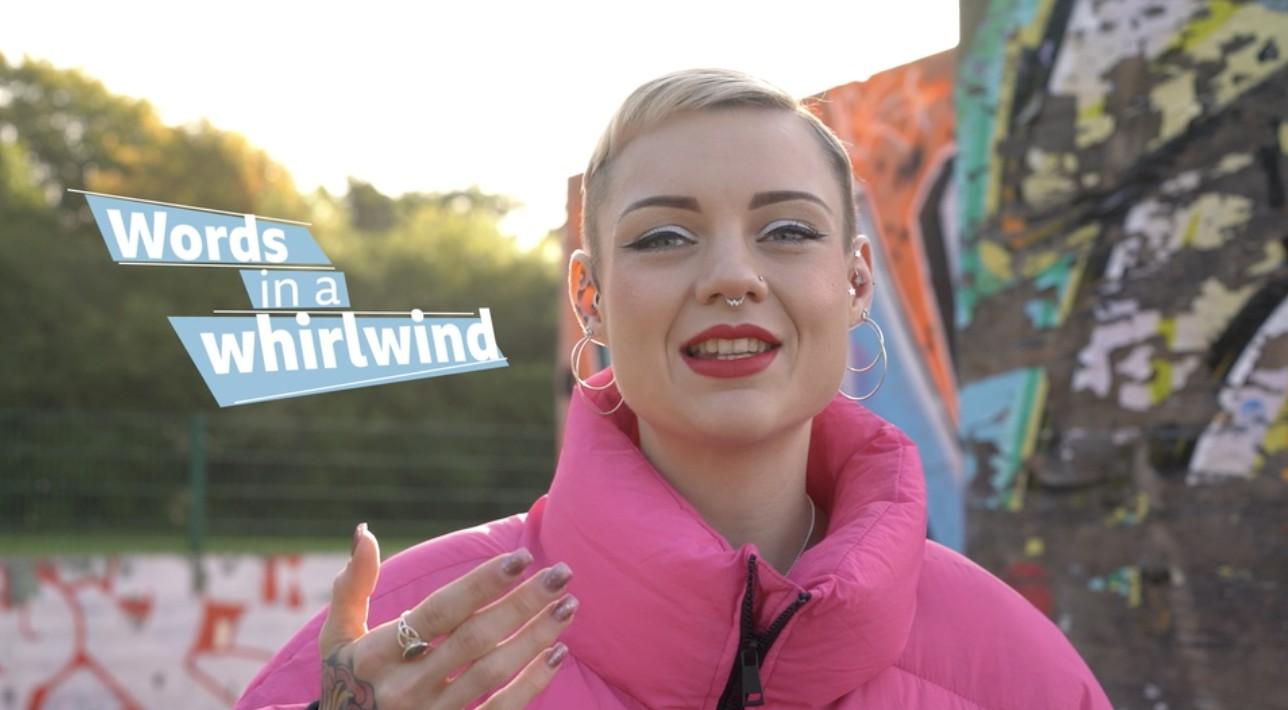
• Have you ever been to a ‘poetry slam’?
Click below for a useful introductory video to “spoken word” poetry and “poetry slam” events

https://www.bbc.co.uk/bitesize/topics/z7f3g7h/articles/zm8gr2p#zrf6trd2

LESSON THREE: ENGLISH
https://www.youtube.com/watch?v=gu0csgG-ckI

‘Us and We’ Performed by Croydon Poet
Laureate, Shaniqua Benjamin, with images and film produced by ‘Bear Jam’.

INSPIRED!
BE
CROYDON POET LAUREATE
‘Us and We’, Shaniqua Benjamin: a short extract

…differently abled and Romani, elder, unhoused and refugee –neighbours on one map that brings together oceans, fields and desert plains, alongside ballys and bonnets, the busker and imam, we glimpse a corner of the world almost every day. This is Croydon, the one I see, we need, for you and me, for us and we.
A longer extract and the full poem is in the supporting pack for this lesson.

BE INSPIRED! CROYDON POET LAUREATE
LESSON THREE: ENGLISH
WHAT DO YOU THINK ABOUT THE POEM?
• What do you think the poem is about?
• Do you recognise anything in the poem? Sounds, people?
• Is it free verse, or does it rhyme? (seeing the poem written down may help)

• How does it make you feel about Croydon?

LET’S WRITE OUR OWN POEM!
TEACHER NOTE: Add instructions here for your poetry writing activity. There are options in the supporting PDF pack.
You can adapt your lesson to hit your current literacy goals. You could also ask pupils to perform their poems in a mini ‘poetry slam’.

LESSON THREE: ENGLISH
Secondary Lesson Four: Design
Design a logo for your personal brand

LESSON FOUR: DESIGN
WARM UP: WHAT’S IN A BRAND?
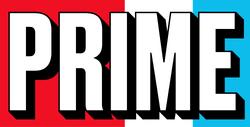

• What does a logo tell us about the brand?


• Which logos do you like? Which ones don’t you like? Why?
• What makes a brand recognisable (consider colour, shapes, simplicity etc).

BE INSPIRED! CROYDON BRAND & DESIGN

• What shapes and colours have been chosen? Why?

• Why do you think the ‘typeface’ was chosen for the lettering?
• How does the logo make you feel about Croydon?
BE INSPIRED! CROYDON BRAND & DESIGN
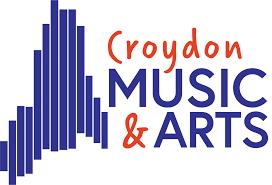
This is another local logo.
CMA says…
• You may see the outline of Croydon,
• You may see the shape of music soundwaves,
• Or you may see the high-rise buildings in the borough.
The viewer can decide!
What do you see?

BE INSPIRED! CROYDON BRAND & DESIGN
TEACHER NOTE: add your school logo here if you have one!

This is another local logo.…
Do you recognise it?!
• Why do you think our logo has these colours, shapes or words?
• Does it remind you of anything?
• Does it tell a story?
• What would you change?
• What does it say about our school?
WRITE DOWN YOUR FIRST THOUGHTS….
1. What are the three words your friends would use to describe you?
2. What one word sums up your personality most of the time?
3. If you were a colour (or colours) what would you be?
4. If you were a shape (or a thing) what would you be? (it doesn’t need to be uniform shape, it could be a squiggle, animal, emoji, or item)

LESSON
FOUR: DESIGN
LESSON FOUR: DESIGN
LET’S DESIGN OUR OWN LOGO!
• Use your answers to inspire the design of your own personal logo.
• You can think of the answers as your ‘brief’ – this is what a designer is given for each job.

• Your logo should be one striking image or set of words that represents you.
• It could include your name, nickname, or initials too.
• Share: Once designed, swap logos with a partner. Can they identify what inspired your logo, and can you identify what inspired theirs?
What words, personality, colours, and shapes do you think inspired them?
BE INSPIRED! LOCAL ORAL HISTORY RECORDINGS
TEACHER NOTE: Connect up a mobile device to your screen and go to the ‘Croydon Music Heritage Trail’ App. It is free from all app stores.
Inspiration 1:
Click on the ‘Central Trail’ > location 14 > ‘Croydon Stories: Rock Bottom’s Carl Nielson’ (4.45mins). Hear from Carl who opened a musical instrument shop called ‘Rock Bottom’ in Croydon in the 1970s, inspired by his love of guitars. You can shorten this audio by stopping at 2.55mins, after the line ‘this is my first shop’.
Inspiration 2:
Test and select in advance an oral history for inspiration and play to the class.

Click on the ‘Northern Trail’ > location 18 > ‘Croydon Stories: Mad Professor’s Take’ (3.16min). Local musician, Mad Professor, talks about how his interest in music started in the 60s, and he even built his own radio aged 9 or 10. Mad Professor went on to produce music for others, and still has new music out now.
Inspiration 3:
Click on the ‘Explore Further’ trail > location 24 > ‘Croydon Stories: Helen Watkins’. Hear Helen’s experience of the Croydon music festival in the 80s –although it started back in the 20s! Helen helped bring more diversity to the festival, including Indian Classical Music and Steel Bands. To shorten, end at 3.05 after ‘colourful event’.
WHAT DID YOU HEAR?
• Were there any words you didn’t recognise?
• What can we learn from the recording?
• What is it like hearing real people talk about the past?
• How is it different to reading about what happened?
•
Are there any people in your life you could collect oral histories from?
• What might you ask them?

LESSON FIVE: HISTORY
LESSON FIVE: HISTORY
LET’S RECORD OUR OWN ORAL HISTORY INTERVIEWS.
Using the script worksheet (from the pack), interview each other in pairs.
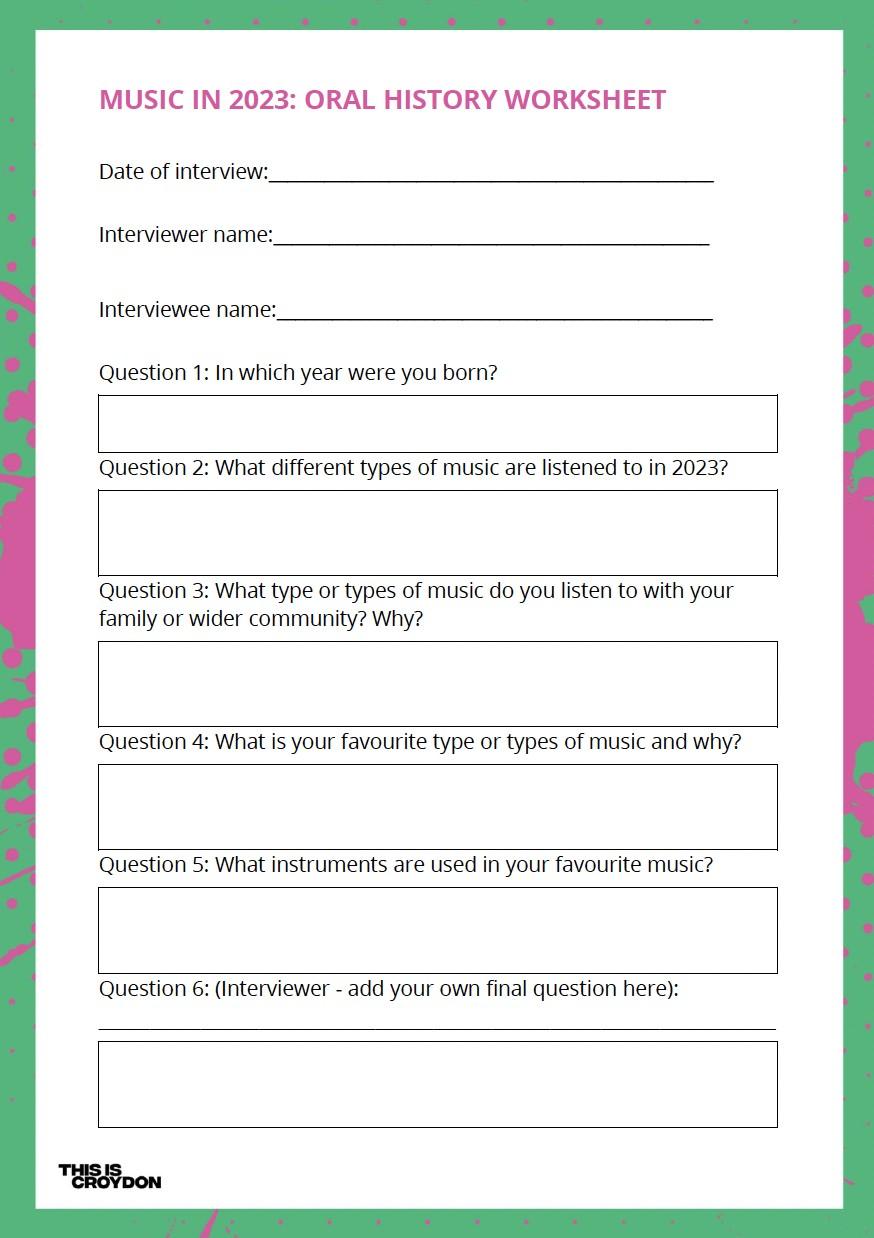
We will then share what we have learnt about music in Croydon today with each other.


